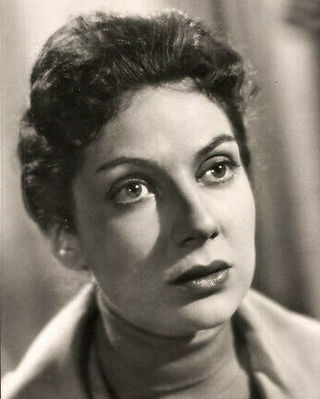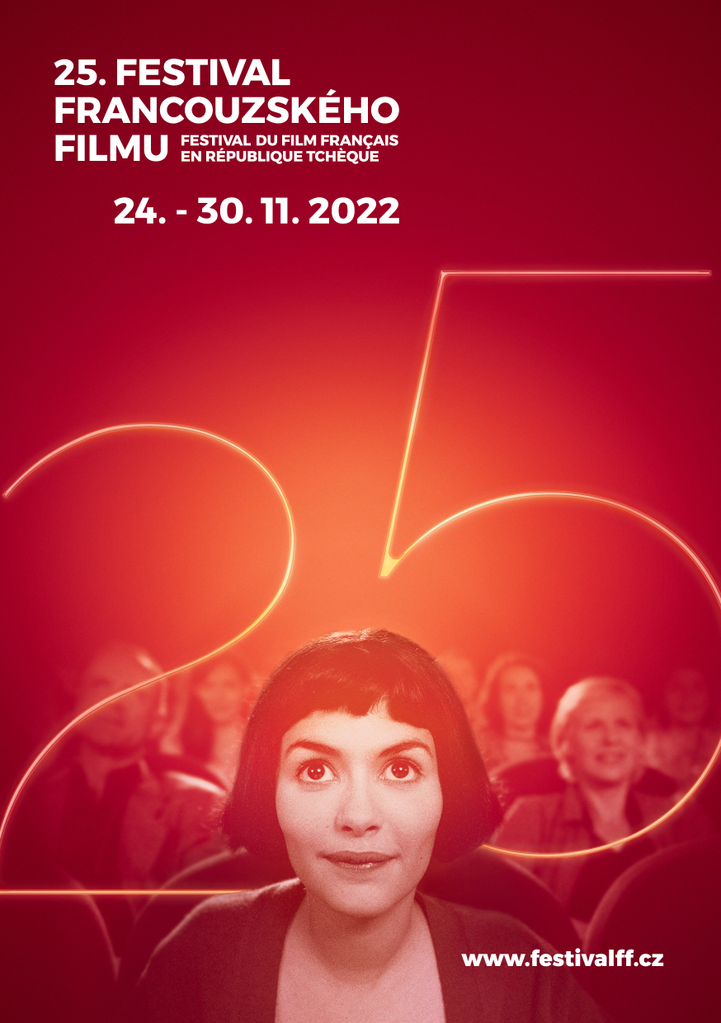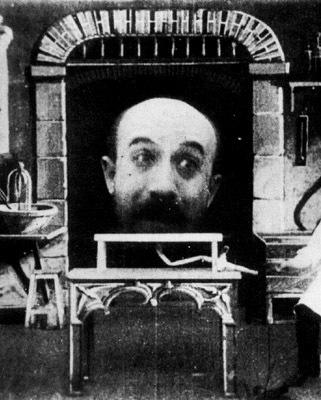Synopsis
At a social gathering at a château or baroque hotel, a man approaches a woman. He claims they met the year before at Marienbad and is convinced that she is waiting there for him. The woman insists they have never met. A second man, who may be the woman's husband, repeatedly asserts his dominance over the first man, including beating him several times at a mathematical game (a version of Nim). Through ambiguous flashbacks and disorientating shifts of time and location, the film explores the relationships among the characters. Conversations and events are repeated in several places in the château and grounds, and there are numerous tracking shots of the château's corridors, with ambiguous voiceovers.
The characters are unnamed in the film; in the published screenplay, the woman is referred to as "A", the first man is "X", and the man who may be her husband is "M".
Source : Wikipedia.
Credits
Director (1)
Actors (9)
Production and distribution (5)
- Co-production : Argos Films
- Associate producers : Cormoran Films, Silver Films, Terra Film
- Film exports/foreign sales : STUDIOCANAL
- French distribution : Cocinor
Full credits (14)
- Executive Producer : Anatole Dauman
- Screenwriter : Alain Robbe-Grillet
- Director of Photography : Sacha Vierny
- Music Composer : Francis Seyrig
- Assistant directors : Florence Malraux, Volker Schlöndorff, Jean Léon
- Editors : Jasmine Chasney, Henri Colpi
- Sound recordists : Robert Cambourakis, Jean Nény, Guy Villette, Jean-Claude Marchetti
- Costume designer : Bernard Evein
- Foreign Producer : Angelo Rizzoli
- Producers : Robert Gascuel, Samy Halfon, Pierre Courau
- Associate producers : Robert Dorfmann, Raymond Froment, Pierre Courau
- Continuity supervisor : Sylvette Baudrot
- Production Designer : Jacques Saulnier
- Post-production supervisor : Michel Choquet
Watch this movie
Watch Last Year at Marienbad in VOD
| Platforms | Model | Price | Quality |
|---|
Sorry, your search returned no results.
| Platforms | Model | Price | Quality |
|---|
Sorry, your search returned no results.
| Platforms | Model | Price | Quality |
|---|
Sorry, your search returned no results.
| Platforms | Model | Price | Quality |
|---|
Sorry, your search returned no results.
Technical details
- Type : Feature film
- Genres : Fiction
- Sub-genre : Drama, Metaphysical investigation
- Production language : French
- Coproducer countries : France, Italy
- Original French-language productions : Yes
- Nationality : Majority French (France, Italy)
- Production year : 1960
- French release : 29/09/1961
- Runtime : 1 h 40 min
- Current status : Released
- Visa number : 23862
- Visa issue date : 01/08/1961
- Approval : Yes
- Production formats : 35mm
- Color type : Black & White
- Aspect ratio : CinemaScope
- Audio format : Mono
Box-office & releases
Box Office
This content is for registered users only.
Are you a member? Please login to view content.
International releases
| Country | Distributor | Buyer | Release date | Titre local |
|---|
Sorry, your search returned no results.
TV broadcasting
This content is for registered users only.
Are you a member? Please login to view content.
News & awards
News (2)
Selections (9)
Awards (2)
About
L'Année dernière à Marienbad was created out of an unusual collaboration between its writer Alain Robbe-Grillet and its director Alain Resnais. Robbe-Grillet described its basis: "Alain Resnais and I were able to collaborate only because we had seen the film in the same way from the start, and not just in the same general outlines but exactly, in the construction of the least detail as in its total architecture. What I wrote might have been what was already in [his] mind; what he added during the shooting was what I might have written. ...Paradoxically enough, and thanks to the perfect identity of our conceptions, we almost always worked separately."
Robbe-Grillet wrote a screenplay which was very detailed, specifying not only the décor and gestures but also the placement and movement of the camera and the sequencing of shots in the editing. Resnais filmed the script with great fidelity, making only limited alterations which seemed necessary. Robbe-Grillet was not present during the filming. When he saw the rough-cut, he said that he found the film just as he had intended it, while recognising how much Resnais had added to make it work on the screen and to fill out what was absent from the script. Robbe-Grillet then published his screenplay, illustrated by shots from the film, as a "ciné-roman" (ciné-novel).
Despite the close correspondence between the written and filmed works, numerous differences between them have been identified. Two notable examples are the choice of music in the film (Francis Seyrig's score introduces extensive use of a solo organ), and a scene near the end of the film in which the screenplay explicitly describes a rape, whereas the film substitutes a series of repeated bleached-out travelling shots moving towards the woman. In subsequent statements by the two authors of the film, it was partly acknowledged that they did not entirely share the same vision of it.
Filming took place over a period of ten weeks between September and November 1960. The locations used for most of the interiors and the gardens were the châteaux of Schleissheim, Nymphenburg and Amalienburg in and around Munich. Additional interior scenes were filmed in the Photosonore-Marignan-Simo studios in Paris. (No filming was done in the Czech spa town of Marienbad - and the film does not allow the viewer to know with certainty which, if any, scenes are supposed to be located there.) Filming was in black-and-white in Dyaliscope wide-screen.
Source : Wikipedia.















































